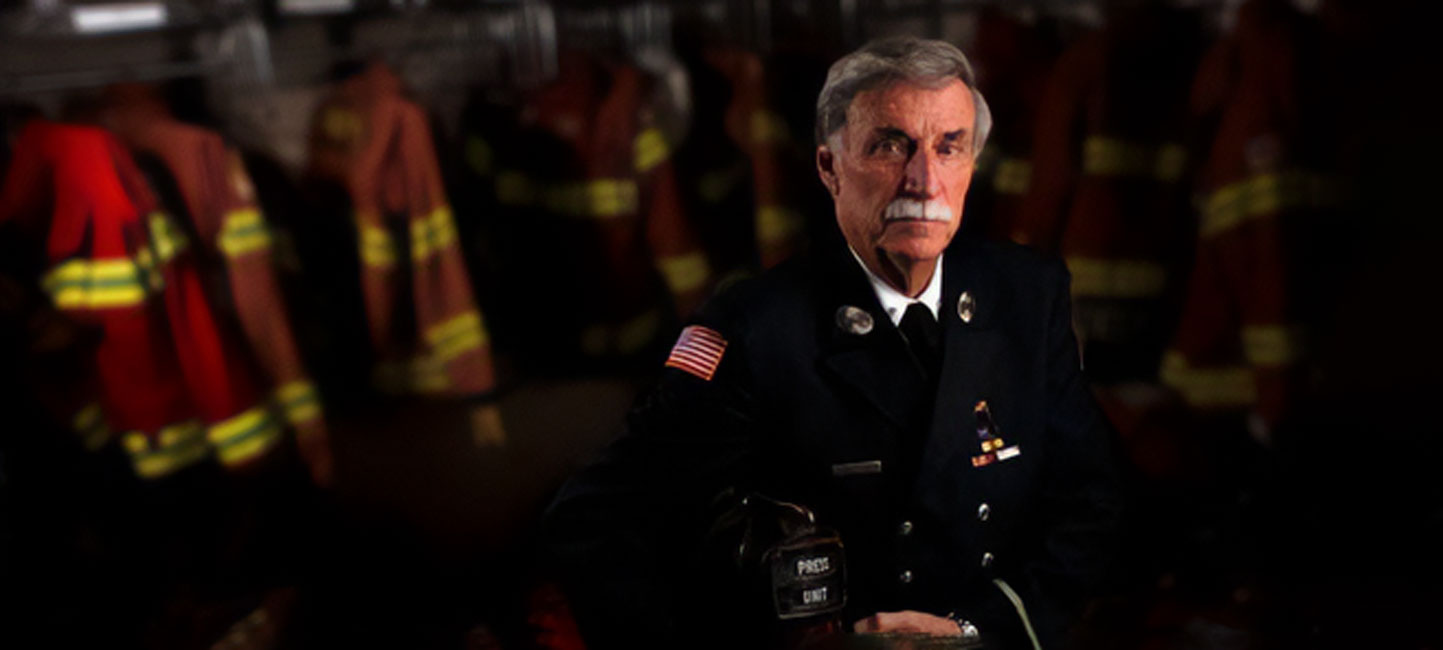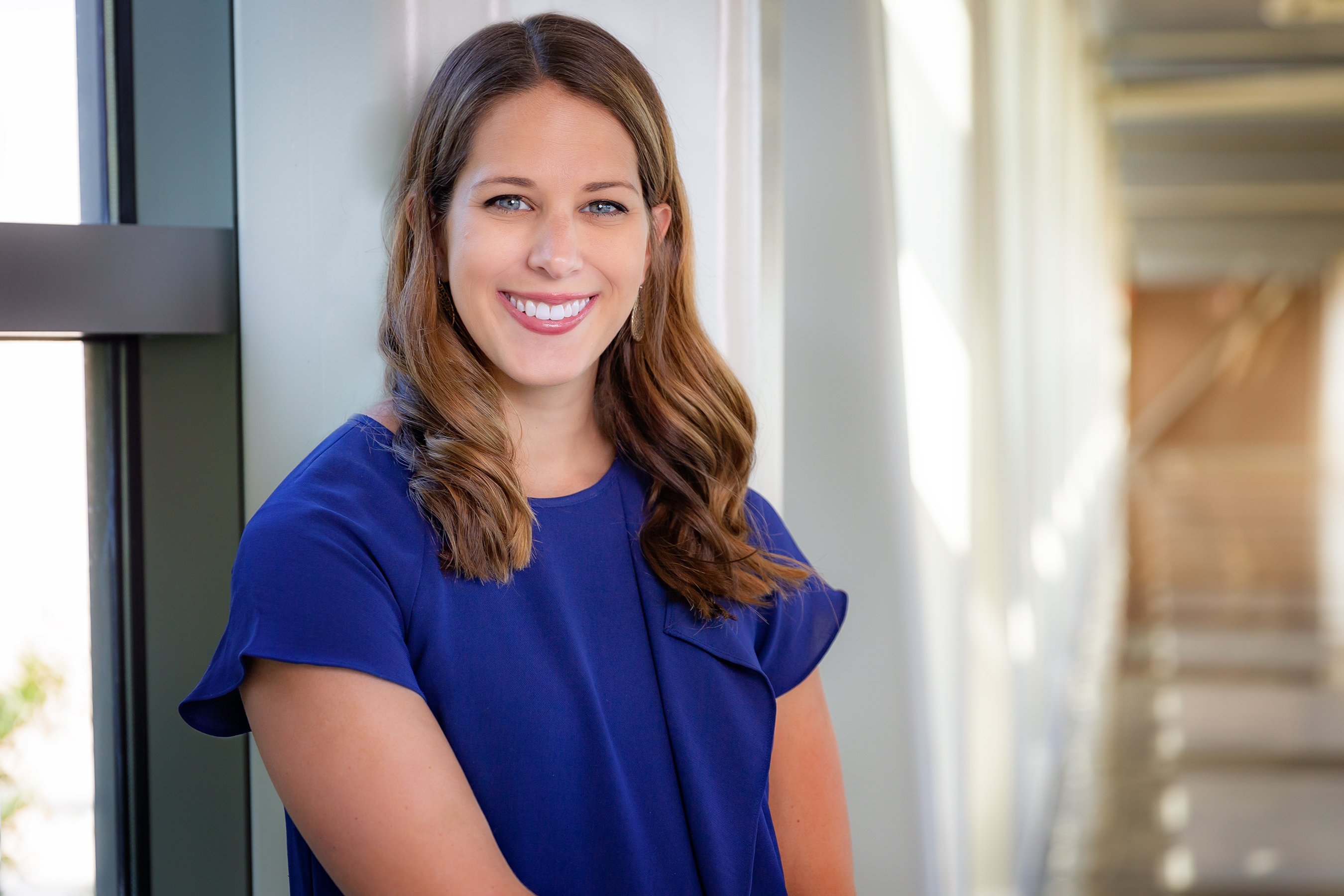Moffitt Patient Overcomes Lung Cancer Linked to 9/11
It had been years since he retired from the New York City Fire Department, but it only took seconds for Gerald Sanford to recognize the significance of the number 42.
The number was painted on an antique leather helmet on the wall at a fire station in Naples, Florida. The helmet dated back to 1914 and belonged to Ladder 42.
“I said, ‘That’s the South Bronx,’” Sanford said.
He immediately called his old colleagues and asked if he could bring the helmet back to its rightful place. The fire station was being renovated and it was decided Sanford would bring the helmet home for the station’s rededication ceremony the following year.
The ceremony was Sept. 10, 2001.
Return to New York
Sanford began his career as a New York City police officer in 1965 but three years later left the force to join the New York City Fire Department. He started at the fire house in Harlem in 1968 and over the years worked his way into the fire headquarters. He became the department’s press officer and led media efforts for the country’s largest fire department until he retired in 1997.
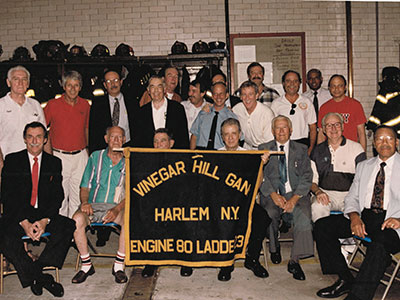
Gerald Sanford joined the New York City Fire Department in 1968 and was stationed at a firehouse in Harlem.
Sanford and his late wife moved to Naples, but he quickly realized he wasn’t best suited for all this free time. He unretired and became the public information officer for the North Collier Fire Rescue District in the spring of 2000.
His new job led him to finding the antique helmet, and Sanford flew on Sept. 8, 2001, to New York City for the celebrations. It was a joyous occasion, filled with reunions with old friends. Sanford handed out his business card to a firefighter, suggesting he come down to Florida to play golf. No one could possibly know it would be the last time they would see some of their friends alive.
Sanford was in the Pittsburg airport changing planes to return to Florida when he heard screaming in the terminal. He looked up at the TV and saw the first World Trade Center tower in flames.
“I was in shock. I couldn’t believe that it happened,” Sanford said. “I knew where my brother firefighters were. They were going to go there, go in and go up.”
Sanford had to rent a car to get back home, but once he arrived he knew he was in the wrong place. He called the New York City fire commissioner and said he wanted to help. Five days after the attacks, Sanford was standing at ground zero.
“I didn’t care if it cost me my job, I wanted to go back,” he said. “I was there 30 years. They would do it for me. That’s the brotherhood.”
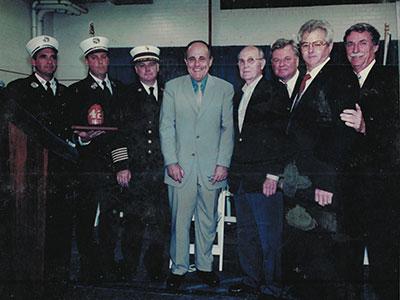
Sanford returned the antique helmet to New York during a rededication ceremony on Sept. 10, 2001.
Sanford reclaimed his old job duties, leading press efforts and escorting media to and from ground zero. He would return home every other weekend to change clothes, then fly back to continue volunteering.
Three weeks after the attacks, a fire marshal brought Sanford his business card, found in the pocket of a firefighter’s body under the rubble.
“By the end of October, I just couldn’t do it anymore. Half of the 344 firefighters that were killed, I knew and worked with, and I just couldn’t go on any longer,” he said.
World Trade Center Health Program
Every year, the North Naples Fire Department performs a medical physical on all its firefighters. In 2006, Sanford got the call that his chest X-ray showed something suspicious. Further testing confirmed Sanford had lung cancer.
His wife, Maria, was undergoing treatment for breast cancer at the time, so Sanford decided to receive care at Moffitt Cancer Center instead of traveling out of state. He had one cancer surgically removed from his left lung in 2007, and a second cancer was removed from his right lung in 2008. Maria died from breast cancer in 2009.
Sanford had a recurrence in 2012 and underwent chemotherapy and radiation with a local specialist. He has been cancer free ever since.
He is part of the World Trade Center Health Program, which provides no-cost medical monitoring and treatment for certified World Trade Center-related health conditions to those directly affected by the 9/11 attacks in New York, the Pentagon and in Shanksville, Pennsylvania. The program also funds medical research into physical and mental health conditions related to 9/11 exposures. There are more than 118,000 first responders and survivors enrolled in the program.
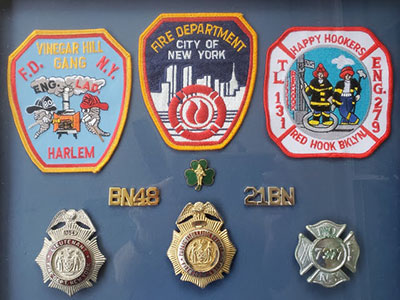
Sanford displays badges from his firefighter career.
Nearly 3,000 people died during the deadliest terrorist attack in history, but in the 20 years since then, the number of deaths among survivors and responders has continued to rise. Researchers have identified more than 60 types of cancer and almost two dozen other conditions that are linked to noxious dust and debris exposure at ground zero. As of June 2022, 4,621 enrolled in the World Trade Center Health Program have died, almost 2,000 of those from cancer.
“The responders and the people who were later involved in the cleanup were exposed to a number of industrial chemicals and substances in the air, including asbestos, which was in some of the older buildings,” said Sanford’s thoracic surgeon, Dr. Lary Robinson. “Some of the other compounds that are also carcinogens may have been circulating in the air and were inhaled by 911 responders, and therefore increased the risk for developing subsequent lung cancer or other cancers.”
It Started with a Helmet
Even though it’s been more than two decades since 9/11, the memories are fresh in Sanford’s now 84-year-old mind. He can still hear the thousands of people lining the streets chanting “USA!” as first responders traveled to ground zero. He can still see the red, white and blue flags waving. He thinks of those people every day and still chokes back tears when he talks about his experiences.
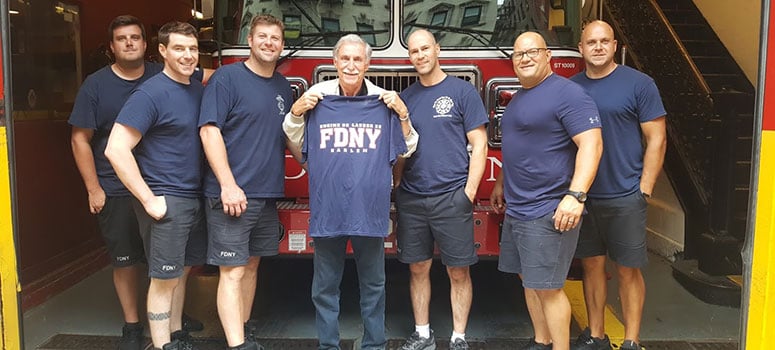
In 2017, Sanford stopped by his first firehouse in Harlem.
Over the past years, Sanford’s partner has been recording him telling his stories on her phone and had them all transcribed. That inspired Sanford to turn his stories into a book he published for the 20th anniversary of 9/11 called “It Started with a Helmet.” He sends free copies of the book to teachers to make sure students are learning about the role 9/11 has played in our country’s history.
Even though Sanford’s decision to return to New York to volunteer at ground zero has left him with haunting memories and the anxiety that his cancer could return, he doesn’t regret his decision, not even for a second.
“I would go back in a New York minute. That’s my job.”


